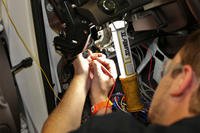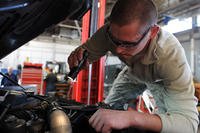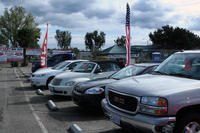by Nigel Evans
Over the decades, how many dreamers have tried to build their own supercars, aiming to rival Ferrari, turn out something more dramatic than a Lamborghini, or one-up the very best of those German creations? It’s a really seductive idea, but in the cut and thrust of the commercial world, reality can often be very punishing. After all, supercars are notoriously tough for engineers to piece together, and history shows us that they’re very hard to build in profitable numbers.
Read the full article on CarBuzz
This article originally appeared on CarBuzz and is republished here with permission.










